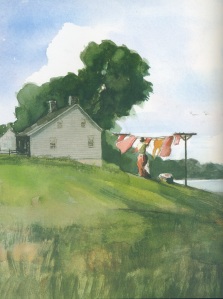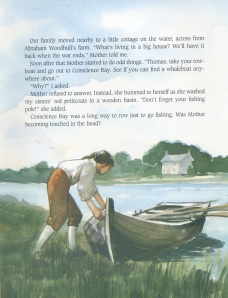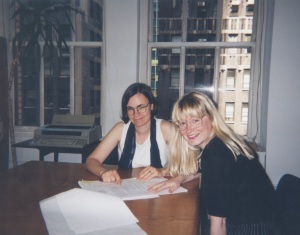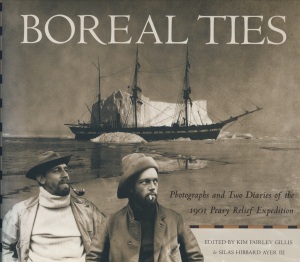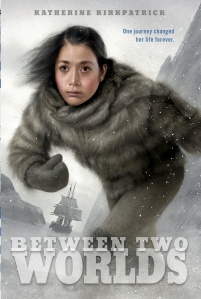Part 1: High school student and young artist Victoria Yeh interviewed me for a school project.
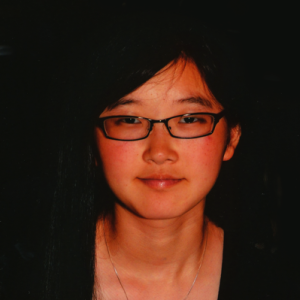
Victoria Yeh
Victoria: Why did you choose to be a writer?
Katherine: I always wanted to be a writer from the time I was in sixth grade.
Victoria: What personal attributes are necessary for success?
Katherine: To be a successful writer, you need to have a “thick skin,” which means that you can’t take criticism too personally, and you need focus, persistence, and the ability to work hard.
Victoria: What kinds of skills are essential to succeed in your field?
Katherine: Successful writers not only know their craft but also have a marketing sense about what the public wants.
Victoria: How plentiful are the job opportunities in your field?
Katherine: In my case, I’m freelance (I work for myself), so there are unlimited job opportunities if I’m able to find and take advantage of them. Sometimes it’s difficult to sell articles and book ideas but good writers are always in demand.
Victoria: What are the approximate starting and maximum wages?
Katherine: Fiction authors receive advances anywhere from $10,000 per book to $100,000 or even higher. How much you earn depends on the type of market there is for any given book.
Victoria: What are the fringe benefits (dental, retirement, medical)?
Katherine: The fringe benefits are traveling, learning new things, meeting lots of different kinds of people, and often making new friends. As far as dental, health, retirement, and those kinds of benefits, none!
Victoria: What are the hours like? Can you determine them yourself?
Katherine: I generally work three to four hours a day, in the mornings. Yes, my hours are entirely flexible.
Victoria: What kind of education is necessary for a job in your field?
Katherine: A college degree is very helpful. A graduate degree isn’t necessary, but helpful if you want to teach writing; many writers also teach. I advocate a broad education, studying a wide variety of different subjects. Volunteering for high school, college, and community-based publications is a great way for students to receive writing practice and exposure.
Victoria: What did you major in during college?
Katherine: I majored in English Literature with a minor in Art History.
Victoria: Were you focused completely on studying, or did it ever help you to play sports or be involved in extracurricular activities?
Katherine: I didn’t play on any sports teams in college, but I did swim on a regular basis and enjoyed other extracurricular activities such as drawing, painting, and music. Right now I’m learning to play the harp. It’s always good to try new things outside of your field of study or career. It’s hard to quantify exactly how these activities affect your career, but they do. Music, for example, is very enriching. Do what makes you happy! When you know how to relax into these other activities then you can sometimes carry that stillness into your daily life.
Victoria: Do you ever regret choosing this career? If you could change your career, what career would you choose?
Katherine: I do not regret my career choice. In a way, my career chose me, as I’ve always been a writer. I also considered archaeology as a profession. Fortunately, I can write about archaeology, so I can satisfy this other interest.
Victoria: What are the best and worst aspects of your career?
Katherine: The best parts about being a writer are learning new things, traveling, meeting people, and seeing the books finally go into print. The worst aspect of the job is waiting for months for responses from editors. Sometimes it’s several years before a book goes into print, and always there are delays. So I tend to work on several book projects at the same time.
Victoria: What advice or wisdom would you give a high school student about his or her career choice?
Katherine: Follow your passion. Aim high. Know that you can accomplish large tasks by breaking the tasks down into smaller tasks and tackling them one by one. Try to smile and be cheerful and get along with people. Establish trust by assuming the best from people. Try not to choose sides in any disagreement. If people around you are having disagreements, try to look at the underlying causes. Generally when people are angry there is a feeling of someone not being respected. Do not judge. Instead, try to understand the context of people’s lives and why they act the way they do. Turn negative energy into positive energy; choose not to be offended, as everyone you will meet in life is carrying some burden.
Talk less and listen more. Feel in your heart what the person’s words are saying. Speak personally from the heart. Don’t offer advice; do not argue or criticize; do not interrupt. Be a professional, and you can start right now by assuming a “professional attitude” by respecting yourself and others, presenting yourself in an appropriate and balanced way, not indulging in outbursts or moods, and refraining from giving mixed signals. Being a professional also means pulling yourself together and dressing appropriately for the job at hand. Always write a thank-you note to someone who helps you; a handwritten note is better than an e-mail note in many cases. Try to be flexible and open to outcomes.
Try to be upbeat. Be kind. Remember, energy flows from intention. Envision yourself being happy and successful in your chosen career. Let go of the idea that success is about striving and effort. Have fun, try to relax and enjoy yourself, and what you do won’t seem like work—in a sense you can “do nothing” and achieve everything.
Part 2: In my first post, Victoria Yeh, a high school student interviewed me. Later, after I’d commissioned her to create a cover for the Kindle version of my novel Trouble’s Daughter, I interviewed her in return.

Victoria Yeh’s cover art for Trouble’s Daughter, now available on Kindle
Katherine: How old are you now, and how long have you been drawing and painting?
Victoria: I am currently fifteen, and have been drawing since I was four. I started painting at around nine or ten.
Katherine: When did you decide you wanted to be an artist?
Victoria: Ever since I started drawing I wanted to be an artist when I grew up, but I only recently started to seriously consider exactly what kind of career in art I want.
Katherine: Are you currently taking art lessons? If so, how long have you been studying?
Victoria: Yes, I am currently taking art lessons, and have been taking them since I was six.
Katherine: What is your favorite medium?
Victoria: Currently, my favorite medium is oil paint.
Katherine: What medium did you choose for the Trouble’s Daughter cover?
Victoria: I sketched the cover of Trouble’s Daughter on an 11-inch x 14-inch paper and inked the drawing with black pen first. Then I scanned it into my computer and colored it digitally using Photoshop.
Katherine: Tell us about that cover. How did you decide on the subject matter? Did any of the details on the cover come from details in the book?
Victoria: Trouble’s Daughter is about Susanna Hutchinson’s captivity. I believed that I should focus on her emotions over the course of the story, so the initial sketches portrayed her fear right before she was captured and her determination and fortitude through her captive years. Susanna wasn’t unhappy, and even grew to love her Native American family, so I didn’t want to make her look listless or depressed in the illustration. A small detail in the book described Susanna to have small clefts in her nose and chin, which is slightly noticeable in the cover illustration. The clothing Susanna is wearing is an outfit from a scene in the book, and the turtle shell rattle she is holding has some significance in the story.
Katherine: Tell us about your process for making the cover. Did you start out by making rough sketches? How many?
Victoria: I made two rough sketches with different compositions first to show you. After hearing your input I surveyed a few of my classmates and chose the sketch with more votes.
Katherine: Did you learn anything when you were creating the cover for Trouble’s Daughter?
Victoria: Artwise, I learned about lighting, color choice, and how to vary values as much as possible, because Kindle only displays black and white, which makes distinctions between colors obsolete. The illustration needed to look good in both color and black and white. I also learned about how to manage time between schoolwork and drawing the cover.
Katherine: What are your plans for the future?
Victoria: I hope to attend Rhode Island School of Design, which is known for being the best art school in the country. I visited the school during April 2012. I will probably major in either Illustration or Animation.
Katherine: What is your advice to other young artists?
Victoria: Practice all the time and learn the basics before trying to create your own style.
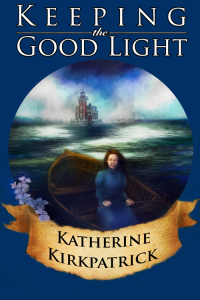
Victoria Yeh’s cover art for Keeping the Good Light, available on Kindle in 2014










